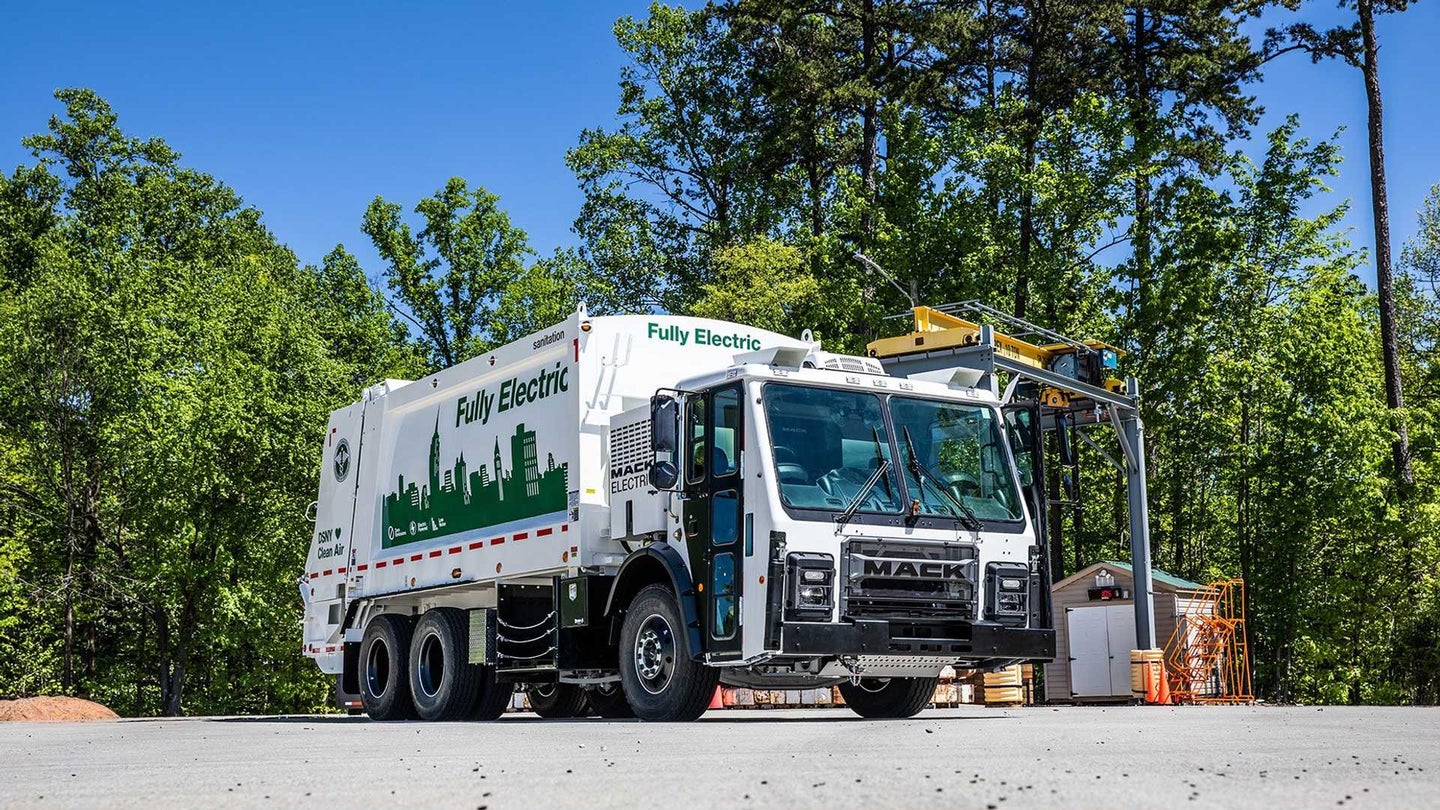
The Energy Collective Group
This group brings together the best thinkers on energy and climate. Join us for smart, insightful posts and conversations about where the energy industry is and where it is going.
Post
Federal Consortium for Advanced Batteries is Inadequate to Address the Crisis in American Advanced Battery Manufacturing
On Thursday, September 10, the Advanced Manufacturing Office of the U.S. Department of Energy (DOE) announced the creation of the Federal Consortium for Advanced Batteries (FCAB) to accelerate development of a domestic industrial base for advanced batteries. The FCAB is part of the strategy outlined in the DOE’s Energy Storage Grand Challenge (ESGC) Draft Roadmap, an initiative that started earlier this year.
Although the FCAB announcement is light on details (see: https://bit.ly/2Rkkwwy), it seems to be an effort to pull experts from multiple agencies, including the DOE, the Department of Commerce, the Department of Defense and the Department of State, into a discussion of how best to build a domestic advanced battery supply chain. This is an important step, as the factors that caused the United States to lose the strategically vital industry of lithium-ion battery manufacturing to China and other nations involved factors that go well beyond the DOE’s focus alone.
But the FCAB announcement is troubling in its focus on research and development (R&D). The announcement recites that the United States has a world-leading R&D community that has created a strong innovation infrastructure for technological advancement of batteries. It states that “Research is at the heart of American Innovation.”
Wrong.
While it is true that a strong R&D community is critical to building a sustainable domestic supply chain for advanced batteries, R&D is not the heart of innovation. Manufacturing is. Most innovation does not take place in laboratories. It takes place on factory floors. Learning by doing (LbD) and learning by export (LbE) are well-known principles of economic development. Nowhere have these principles been more clearly demonstrated than in the innovations that have dramatically reduced the cost of lithium-ion batteries and dramatically increased their energy density over the last ten years. Almost all of those innovations have taken place outside the United States.
The real question the FCAB needs to address is why has this happened? The answer is not because of defects in the U.S. supply chain. It has happened because of a lack of domestic demand for advanced battery-powered products. Any American manufacturer or investor would need to see that demand before making a major investment in the advanced battery supply chain. That is how a free economy works. But over the last several years the federal government has done little to stoke that demand. Public pandering to fossil fuel industries does little to inspire confidence that any real effort is going to be made.
It would not be fair to lay blame for the collapse of advanced battery manufacturing in the United States entirely at the feet of the current Administration. Even when the federal government seemed more interested in supporting the technologies that advanced batteries power, the various incentives put in place were haphazard and uncoordinated.
For example, in 2009, the American Recovery and Reinvestment Act (ARRA) invested about $2 billion in the advanced battery supply chain in the United States. At the same time, Section 30D of the Internal Revenue Code offered consumers up to $1.5 billion per manufacturer in tax credits to buy electric vehicles powered by advanced batteries. But no effort was ever made to tie the tax credits to the ARRA investments. Why not?
China did not make that mistake. China used government procurement and direct and indirect consumer incentives to put hundreds of thousands of advanced battery-powered buses and automobiles on the road. All those procurements and incentives were tied to a strict “white list” of subsidized Chinese battery makers.
Today, the proof is in the pudding. Chinese companies make about 73% of all lithium-ion batteries in the world, up from a negligible percentage in 2009. The “white list” is no more. China does not need it. Through ten years of learning by doing and learning by export, Chinese companies have built a powerful position in the advanced battery supply chain. It was not a position built on R&D. It was a position built on creating robust domestic demand tied to required domestic manufacturing. The United States could do the same.
The FCAB announcement is welcome, in and of itself. Hopefully, the FCAB will involve American industry in its discussions. Many U.S. companies would welcome an opportunity to participate.
But if the FCAB is going to make any inroad into a manufacturing and supply chain crisis that is getting worse by the day, it must focus, as part of a larger federal government strategy, on ensuring demand for advanced battery products that American companies can and desperately want to make.
Get Published - Build a Following
The Energy Central Power Industry Network® is based on one core idea - power industry professionals helping each other and advancing the industry by sharing and learning from each other.
If you have an experience or insight to share or have learned something from a conference or seminar, your peers and colleagues on Energy Central want to hear about it. It's also easy to share a link to an article you've liked or an industry resource that you think would be helpful.

























Sign in to Participate